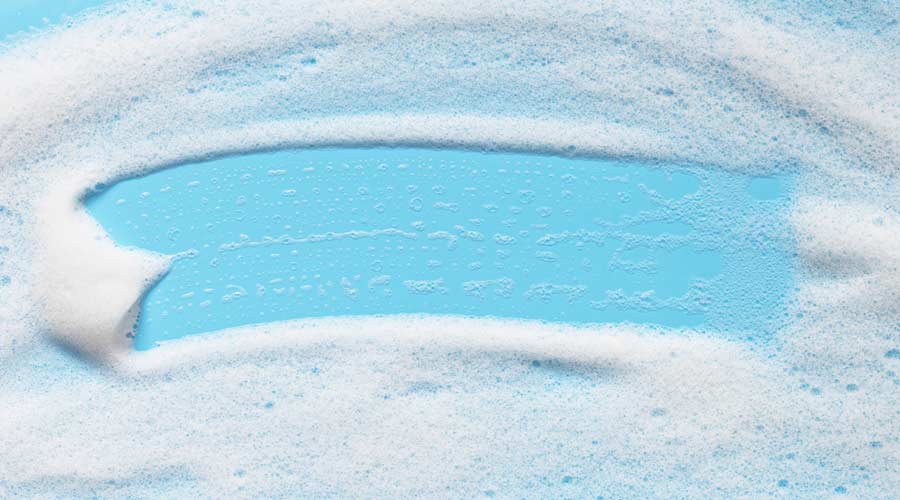
Green Seal announced it is opening public comment on its criteria for prohibiting any per- and polyfluoroalkyl substances (PFAS) in Green Seal-certified paints and coatings, floor care products, adhesives, and degreasers, in line with the ecolabel’s commitment to eliminate these harmful “forever chemicals” from the supply chain for consumer products.
Green Seal is among the first eco-certifiers to enact an aggressive ingredient prohibition that addresses PFAS as an entire chemical class. The non-profit defines PFAS as a chemical with one or more fully fluorinated carbon atoms — the most expansive definition, encompassing more than 14,000 chemicals and mirroring the definition used by regulatory bodies in the European Union and several U.S. states.
Green Seal-certified products already are leaders in material health, meeting one of the highest benchmarks for safety and environmental protection in the marketplace.Because of Green Seal’s stringent criteria, certified paints and coatings qualify toward points for both the LEED v4.1 Low-Emitting Materials credit and the LEED v4.1 Material Ingredient Optimization credit, making Green Seal’s certification standard one of a select few to achieve this recognition.
Now, the organization also will verify that certified paints and other building restoration products are formulated without any PFAS, putting participating brands in a leadership position on this toxic chemical and protecting companies against greenwashing by substantiating their sustainability claims. The update to building restoration product criteria follows a similar update to Green Seal’s criteria for cleaning and personal care products.
“Both producers and buyers know the hazards of PFAS but lack reliable ways to ensure products are free of these toxic chemicals,” says Doug Gatlin, CEO of Green Seal. “Green Seal’s standard criteria eliminate PFAS from the product formula while maintaining performance requirements, so buyers can confidently choose safer and more sustainable products.”
PFAS have carbon-fluorine bonds that make them very stable and effective at repelling oil, water, and heat. This unique chemical structure also makes them resistant to degradation, meaning they persist in the environment as so-called “forever chemicals.”PFAS are now found in the blood of most people around the world and are linked to numerous adverse health effects, including cancer, reproductive harm, and decreased immune response.
PFAS frequently are used as functional ingredients in building restoration products. A recent study found that half of tested paint products contain PFAS, which may be used for glossiness, to reduce peeling, or for stain resistance or water repellency. Most acrylic and wax floor finishes on the market contain PFAS as leveling and wetting agents, and PFAS are also used to increase wet-ability in adhesives.
Public comment on Green Seal’s proposed criteria is open through Dec. 20, 2024 here.

 The Down and Dirty on Cleaning in Virus Season
The Down and Dirty on Cleaning in Virus Season How Surfactant Use is Expanding in Commercial Cleaning
How Surfactant Use is Expanding in Commercial Cleaning Maximize Your Margins: Learn How to Automate Pricing and Track Rebates
Maximize Your Margins: Learn How to Automate Pricing and Track Rebates